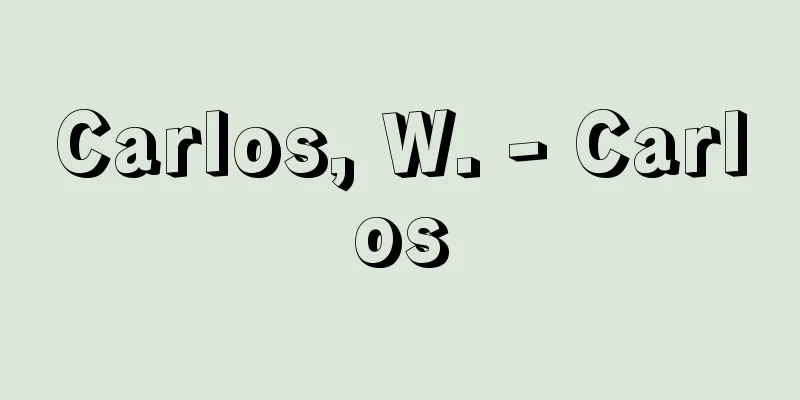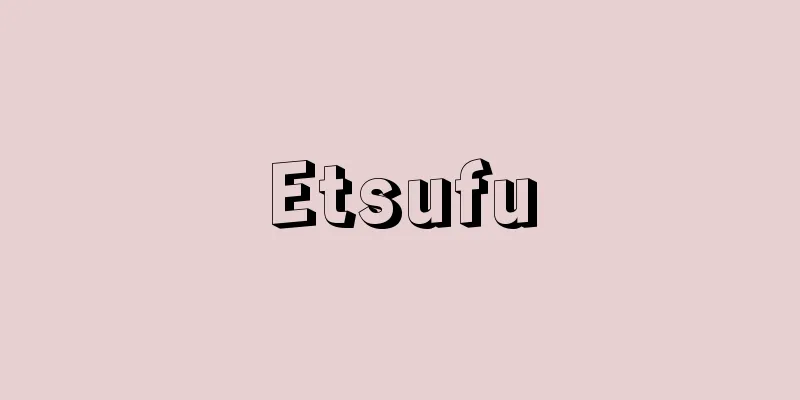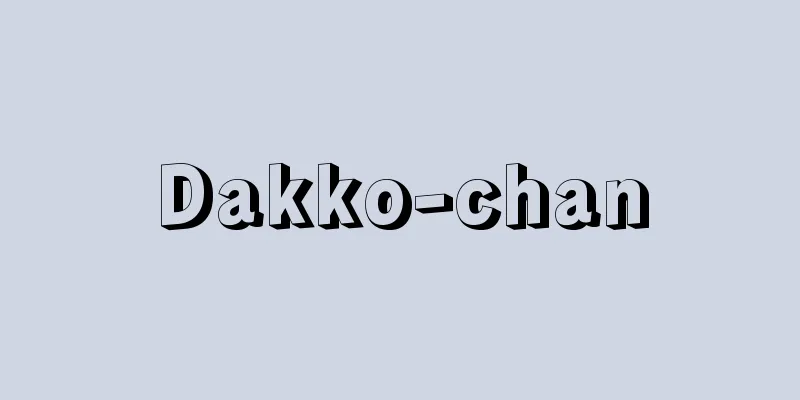Koji Uno

|
Novelist. Born in Fukuoka City on July 26, 1891. His real name was Kakujiro. His father died suddenly when he was two years old, and his family moved around relying on relatives, but he spent his youth from the age of eight in Soemoncho, Chuo Ward, Osaka. This town was a red-light district adjacent to Osaka's busy Dotonbori shopping district, and the experiences and knowledge he gained during his childhood would determine his later literary works. After attending Tennoji Middle School, he entered the preparatory course for the Department of English Literature at Waseda University. In 1913 (Taisho 2), at the age of 21, he published his first book, Seijiro: A Dreaming Child. It is a collection of short prose poem-style pieces set in Soemoncho. After that, he moved from one lodging house to another and suffered from extreme poverty, but during this time he learned the mechanism of the "world" that is made up of "money and women" and transformed into a shrewd realist. In 1919, he established his position in the literary world with "Inside the Storehouse" (1919) and "The World of Pain" (1919-20), which were characterized by a humorous style of writing known as "jozetsu-tai" and unusual ideas. After that, he published a series of romantic works such as "Yama-no-koi" (1922), while continuing to write works that depict the harsh realities of life such as "Koko wo Kashiya" (1923). In 1927 (Showa 2), he suffered a mental disorder, but recovered in 1933 with "Karagi no aru Fukei" (A Landscape with Dead Trees), and thereafter, through "Kodo no araike" (The History of a Child) (1933) and "Utsurikahari" (Transition) (1949), he perfected a profound style of writing that depicts the harsh realities of life. His legacy in the fields of children's literature and literary criticism cannot be forgotten. [Morimoto Minoru] "The Complete Works of Koji Uno, 12 volumes (1968-69, Chuokoron-Shinsha)" ▽ "The Life of Koji Uno, Volumes 1 and 2, by Tsutomu Mizukami (1971, Chuokoron-Shinsha)" ▽ "A Study of Koji Uno, by Takeshi Shibukawa (1974, Chuokoron-Shinsha)" [References] | |Source: Shogakukan Encyclopedia Nipponica About Encyclopedia Nipponica Information | Legend |
|
小説家。明治24年7月26日福岡市に生まれる。本名は格次郎。2歳のとき父が急死したため、一家は親戚(しんせき)を頼って転々としたが、8歳から青年時代まで、大阪市中央区宗右衛門町(そうえもんちょう)で過ごした。この町は大阪の繁華街道頓堀(どうとんぼり)に隣接した花柳の巷(ちまた)であったので、この少年時代の見聞や体験が後年の文学を決定する要素となった。天王寺(てんのうじ)中学を経て早稲田(わせだ)大学英文学科予科に入学。1913年(大正2)21歳で処女著作『清二郎 夢見る子』を刊行。宗右衛門町を舞台とした散文詩風の小品集である。その後下宿を転々としつつ極貧の生活に苦しむが、この間に「金と女」で成り立つ「世の中」の仕組みを体得し、したたかなリアリストに変身した。19年、饒舌(じょうぜつ)体とよばれたユーモラスな文体と奇抜な発想による『蔵の中』(1919)と『苦の世界』(1919~20)によって文壇的地位を確立。以後、『山恋ひ』(1922)に代表される浪漫(ろうまん)的な作品群を発表する一方、『子を貸し屋』(1923)のような人生の重い現実を描破した作品を書き継いだ。27年(昭和2)精神の変調をきたしたが、33年『枯木のある風景』によって再起、以後『子の来歴』(1933)を経て『うつりかはり』(1949)へと、冷厳な人生の実相を写し出す重厚な作風を完成していった。なお、児童文学、文芸評論の分野における足跡も忘れることはできない。昭和36年9月21日没。 [森本 穫] 『『宇野浩二全集』全12巻(1968~69・中央公論社)』▽『水上勉著『宇野浩二伝』上下(1971・中央公論社)』▽『渋川驍著『宇野浩二論』(1974・中央公論社)』 [参照項目] | |出典 小学館 日本大百科全書(ニッポニカ)日本大百科全書(ニッポニカ)について 情報 | 凡例 |
Recommend
High Court
…The Japanese Court of Appeal is said to have inh...
Counterparty funds for aid to Japan
After World War II, a special account was set asid...
Nordic
…This later became the famous Holmenkollen (Norwe...
white-winged chough
…Both males and females sing well and also sing d...
Lyrebird (English spelling)
A general term for birds in the passerine family M...
Fusarium moniliforme (English spelling) Fusarium moniliforme
… Rice cultivation in humid regions of Japan was ...
Taiheiki Hyoban Hiden Rijinsho - Taiheiki Hyoban Hiden Rijinsho
A commentary and critique of the Taiheiki. 40 volu...
Sueyoshi Akabane
Born: May 3, 1910, Tokyo [Died] June 8, 1990. Pict...
Ballard, PB
…It is said that it is more likely to occur in ch...
Addu
…In documents, the name is written IM regardless ...
Akabin Yakko
…When Western Europe was perceived as a “power,” ...
Venel, GF (English spelling) VenelGF
...Thus, phlogiston came to be considered importa...
Ichinomiya Nukisaki Shrine
It is located in Ichinomiya, Tomioka City, Gunma ...
《Red Wheel》
…When he was exiled from his country, he left the...
Karasawadake - Karasawadake
...A mountain range with an H-shaped plan view, t...









